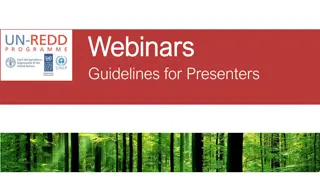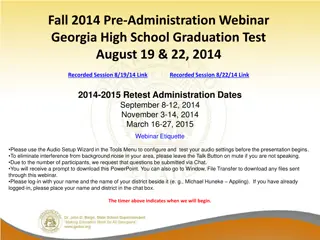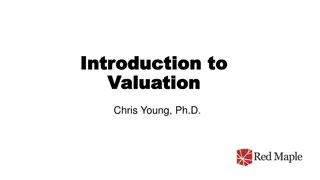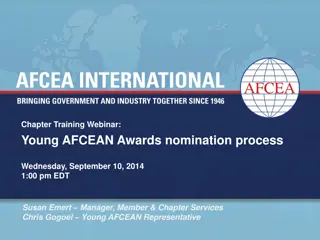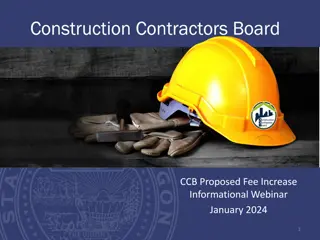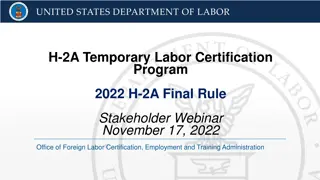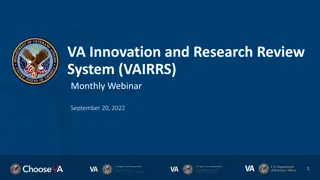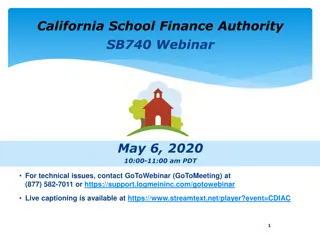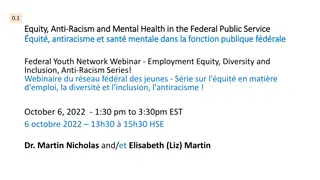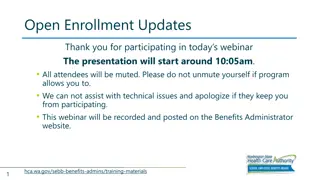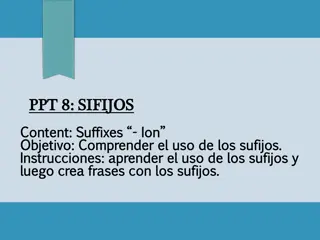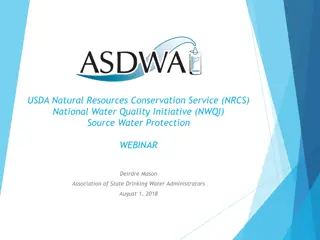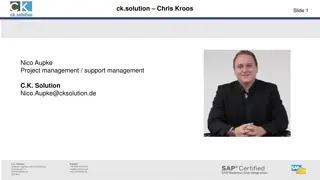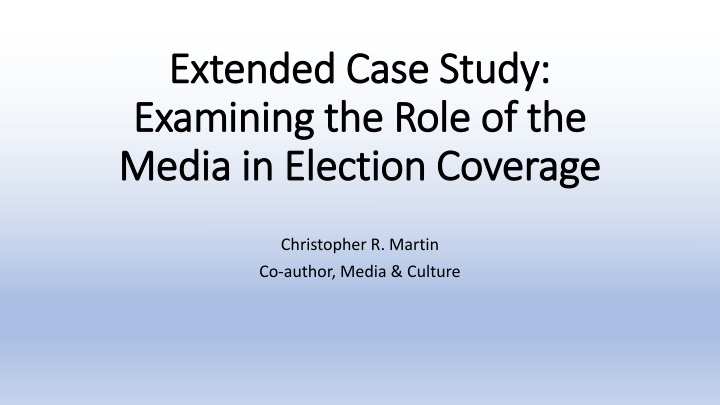
Examining the Media's Role in Election Coverage: A Critical Study
Dive into the impact of media coverage on elections, discussing concerns of partisanship and the need for factual reporting. Explore how traditional news media fail to inform voters on crucial issues affecting elections.
Download Presentation

Please find below an Image/Link to download the presentation.
The content on the website is provided AS IS for your information and personal use only. It may not be sold, licensed, or shared on other websites without obtaining consent from the author. If you encounter any issues during the download, it is possible that the publisher has removed the file from their server.
You are allowed to download the files provided on this website for personal or commercial use, subject to the condition that they are used lawfully. All files are the property of their respective owners.
The content on the website is provided AS IS for your information and personal use only. It may not be sold, licensed, or shared on other websites without obtaining consent from the author.
E N D
Presentation Transcript
Extended Case Study: Extended Case Study: Examining the Role of the Examining the Role of the Media in Election Coverage Media in Election Coverage Christopher R. Martin Co-author, Media & Culture
News Coverage of Elections News Coverage of Elections Hard to talk about this in class without sometimes seeming partisan. The news media has the same worries.
News Coverage of Elections News Coverage of Elections Hard to talk about this in class without sometimes seeming partisan. The news media has the same worries. Best policy: stick to the facts, and work to have students interpret them, rather than you. Lead them to well-argued conclusions.
News Coverage of Elections News Coverage of Elections Hard to talk about this in class without sometimes seeming partisan. The news media has the same worries. Best policy: stick to the facts, and work to have students interpret them, rather than you. Lead them to well-argued conclusions. This Election Toolkit on Launchpad can help you do this.
Problems of Problems of Traditional News Traditional News Media Coverage Media Coverage
Problems of Traditional News Media Coverage Problems of Traditional News Media Coverage Horse-Race Coverage
Problems of Traditional News Media Coverage Problems of Traditional News Media Coverage Horse-Race Coverage Does little to inform and educate voters about domestic or foreign issues or policy issues that might directly affect the voters.
Problems of Traditional News Media Coverage Problems of Traditional News Media Coverage Horse-Race Coverage Does little to inform and educate voters about domestic or foreign issues or policy issues that might directly affect the voters. *Students can find examples
Problems of Traditional News Media Coverage Problems of Traditional News Media Coverage False Equivalence
Problems of Traditional News Media Coverage Problems of Traditional News Media Coverage False Equivalence In order to avoid seeming partisan, or in an effort to seem fair and balanced, the news media at times will resort to reporting things as equivalent when they are not."
Problems of Traditional News Media Coverage Problems of Traditional News Media Coverage False Equivalence In order to avoid seeming partisan, or in an effort to seem fair and balanced, the news media at times will resort to reporting things as equivalent when they are not. Journalists should evaluate and verify the information in their reports.
Problems of Traditional News Media Coverage Problems of Traditional News Media Coverage False Equivalence In order to avoid seeming partisan, or in an effort to seem fair and balanced, the news media at times will resort to reporting things as equivalent when they are not. Journalists should evaluate and verify the information in their reports. *Students can find examples
Problems of Problems of Partisan Partisan M Media edia Avoid false equivalency in your classroom by telling the unique history of conservative media in the U.S. (very different from story of mainstream media in that they are allied with a political party) 1970s: Evangelical Christian cable television and radio was introduced, allying itself with the Republican Party 1980s: Conservative talk radio spread across America with the success of radio host Rush Limbaugh, strengthening the alliance 1990s: Fox News debuted 2000s: A number of conservative websites began, including the Daily Caller and Breitbart
Problems of Social Problems of Social Media Media Changes often! Main problem: Facebook, Twitter, YouTube do not take responsibility for misinformation on their platforms. All too often, they react only when specific problems are pointed out by news media reporters. Misinformation comes from ads, from posts by fake (domestic and foreign) accounts, and from posts by real people, including the president. *Interesting question to pose to students: Look at user policies of social media (this bases the discussion in verifiable information) and consider how the president breaks these policies by posting misinformation. Should the president be permitted to do this? Why do you think social media companies would be hesitant to enforce their policies on him?
Problems of Problems of Propaganda Propaganda and and Information Anarchists Information Anarchists Information anarchists are actors who want to stir the pot, make people angry with outrageous statements and allegations, and create doubt and mistrust (sometimes called gaslighting ). Alex Jones Trump s birther campaign *Highly recommend watching Gaslight (1944), so students understand origin of the term! Propagandists are official state actors who spread a coordinated partisan message meant to propagate a point of view.
Media Literacy Media Literacy Activity: The Critical Critical P Process rocess (in Activity: (in Launchpad Launchpad) ) The




